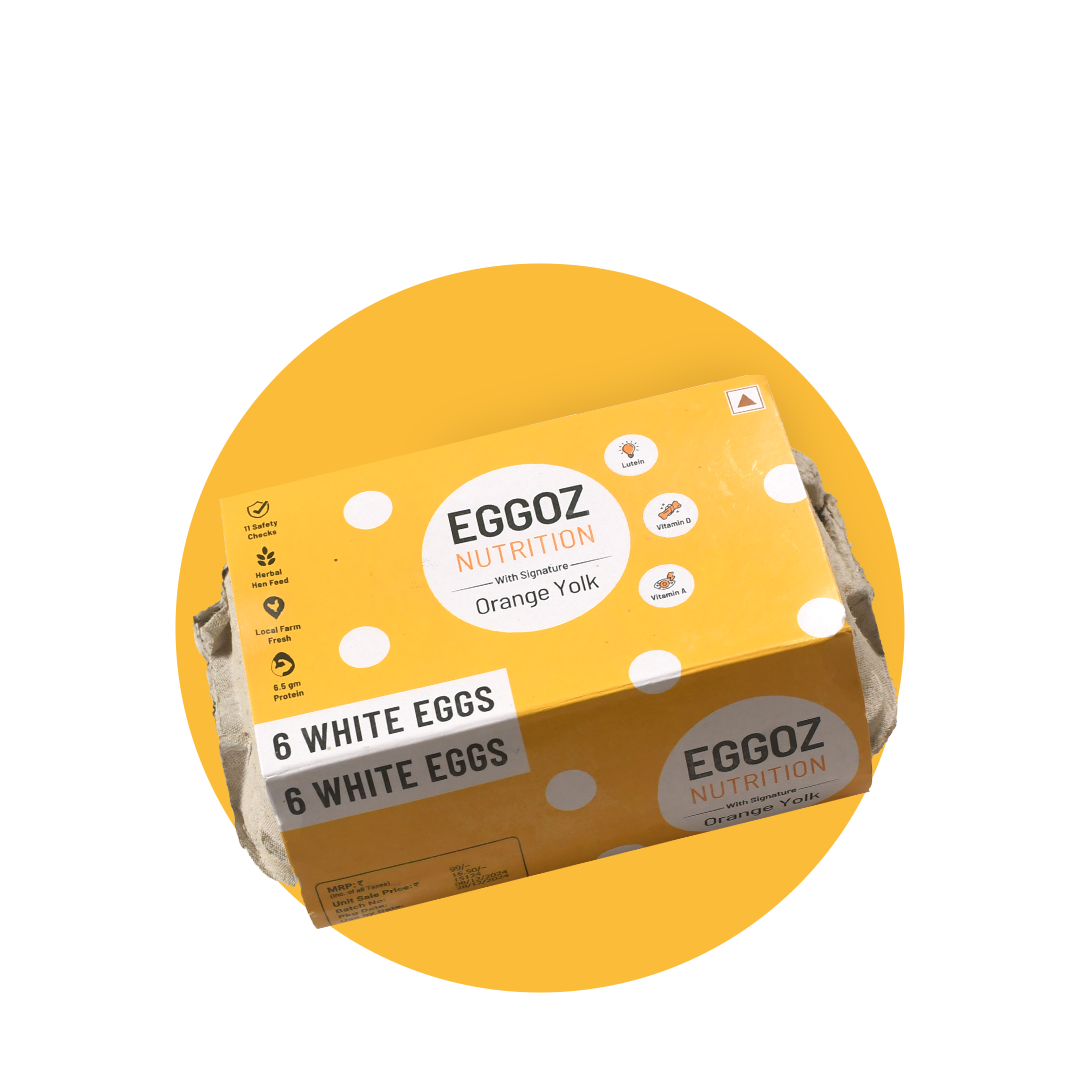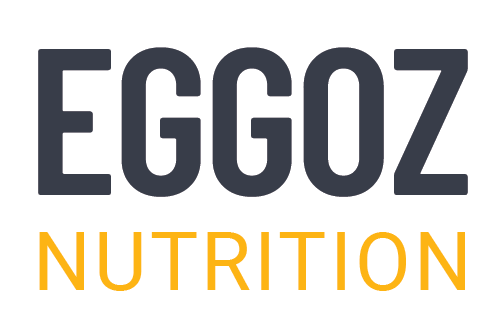Have you ever wondered how the foods we eat every day are affecting our health?
Well! The convenience of processed foods has made them a necessity in households globally.
WHO estimated that nearly 167 million people – children and adults – will become less healthy because they are overweight or obese by 2025.
But what exactly makes these unhealthy processed foods so detrimental to our health, and how can we make better choices for ourselves and our families?
This blog delves into the impact of processed foods on your health, offering insights into how we can eat healthy in a world where convenience is often king.
What is processed food?
Processed foods refer to food items that contain artificial colours and flavours and are convenient to eat. Essentially, when organic food is altered from its natural state, it is considered processed food. Examples of fully processed foods include dehydrated, canned, frozen, packaged, and pasteurised items.
Food processing can be categorised into four types:
- Unprocessed or Minimally Processed Foods: These include natural food parts of plants and animals, with minimal alteration for storage or preparation, such as washing, refrigeration, or pasteurisation. Examples include fresh fruits, vegetables, whole grains, and plain yoghurt.
- Processed Culinary Ingredients: Derived from minimally processed foods, these are used to season and prepare dishes, like oils, vinegar, honey, and maple syrup.
- Processed Foods: Foods with added salt, sugar, or fat to enhance flavour or durability, like canned vegetables, some cheeses, and freshly made bread.
- Ultra-Processed Foods: Highly processed with additives for flavour, texture, or preservation, often containing many ingredients. Examples include snacks, soft drinks, and ready-to-eat meals.
Health Issues with processed foods'
- Rich in Trans Fats and Sugars: Processed foods are rich in trans fats, which may raise heart disease risk. Bakery, margarine, and fried meals include these fats. With added sugars, unhealthy processed meals may cause weight gain, insulin resistance, and type 2 diabetes.
- Nutritional Deficit: Processing eliminates vitamins, minerals, and fibre from food. Devoid of fibre and minerals, white bread and pasta are calorie-dense but nutritionally low. Therefore, how can we eat healthy? Our health may be improved by selecting whole grains versus processed meals.
- Sodium-Rich: To preserve and flavour unhealthy manufactured foods, sodium is added. Sodium-rich diets may raise blood pressure and the risk of heart disease and stroke. Salty processed food examples include canned soups, sauces, and snacks.
- Preservatives & Synthetic Ingredients: Artificial preservatives, colours, and flavours enhance shelf life and improve taste in harmful processed foods. Long-term use of these chemicals may be dangerous. Certain artificial chemicals have been related to child behavioural issues, allergies, and cancer.
- Cardiovascular Disease: In unhealthy processed diets, trans fats, salt, and sugar raise heart disease risk. Heart disease risk factors include excessive cholesterol, blood pressure, and inflammation from these diets.
- Kind 2 Diabetes: Processed foods raise type 2 diabetes risk. High sugar content might result in insulin resistance due to blood glucose increases. Without fibre, many harmful processed meals may raise blood sugar and the risk of diabetes.
How to Eat Less Processed Food?
Reducing processed food doesn't imply sacrificing taste or convenience. These basic recommendations can help you choose healthier
- Meal Planning: Meal planning might help you avoid processed foods. Fresh eggs, lean meats, and healthful grains may be used to prep meals.
- Read-Label-: When buying processed goods, read the labels. Avoid additional sugars, fats, and salt and choose items with fewer ingredients.
- Buy Whole Foods: Avoid processed foods and choose fresh produce, nuts, and eggs. These nutrient-rich foods are lightly processed.
- Home Cooking: Cooking at home lets you choose ingredients. Egg dishes are fast, simple, and tasty.
Healthy food options to include in your Diet
Unprocessed foods are packed with essential nutrients and free from the additives and preservatives often found in processed products
- High-Quality Protein: Foods like eggs, fish, and nuts are rich in high-quality protein. For instance, eggs offer significant protein content (6 grams) to support muscle health, while legumes and nuts provide plant-based protein options.
- Vitamin- and Mineral-Rich: Unprocessed foods such as leafy greens, citrus fruits, nuts, and sweet potatoes are rich in essential vitamins and minerals. These nutrients support various bodily functions, including brain function, bone health, and immune system strength.
- Satiety-promoting: Foods like avocados, nuts, whole grains, and legumes help promote a feeling of fullness, making it easier to avoid overeating. A balanced meal that includes whole grains or legumes can keep you satisfied longer, reducing the likelihood of unhealthy snacking on processed foods later in the day.
- Flexible and Convenient: Unprocessed foods such as fruits, vegetables, nuts, seeds, and lean meats can be easily incorporated into various meals. They are a handy and healthful alternative to processed meals since they may be added to many cuisines.
Conclusion:
While processed foods offer undeniable convenience, their long-term impact on health can be concerning. Understanding these risks is crucial for making informed dietary choices. By consciously incorporating more whole foods, such as fresh produce, lean proteins, and nutrient-dense options like white or brown eggs, you can take meaningful steps toward better health. Eggoz Eggs are an excellent choice for a balanced diet, delivering essential vitamins and minerals that support overall well-being. By making small, intentional changes to your eating habits, you can foster lasting improvements in your health and quality of life.


